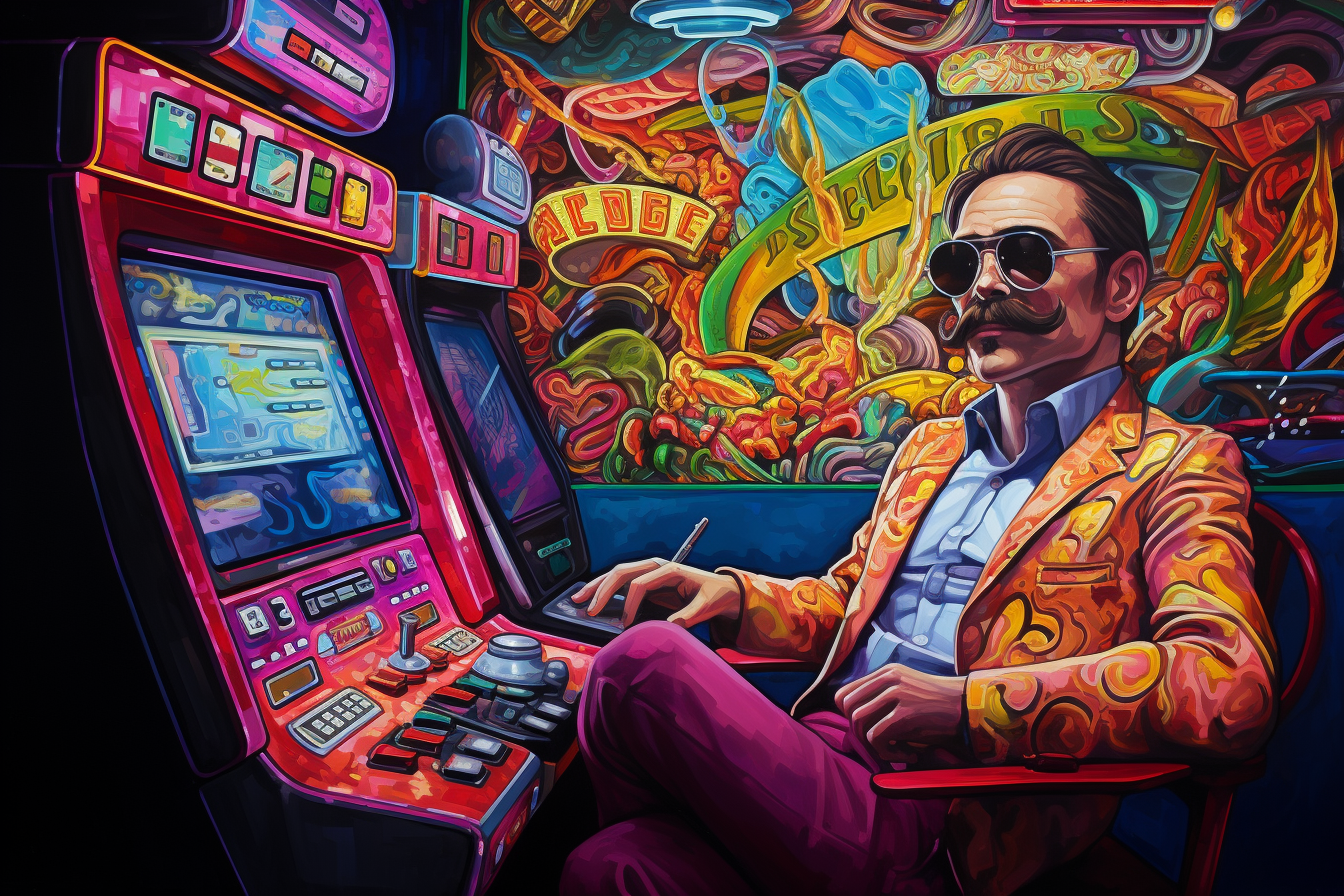The last man sits at the lever, pulling and releasing in rhythmic succession. With each pull the machine spins, its wheels blurring in frantic rotation before settling on some unique arrangement of symbols. Cherries, sevens, diamonds align in cryptic patterns as the last man looks on.
He appraises each new configuration with passive interest, perhaps cracking a faint smile or slight frown before returning the lever to its starting point. The next pull awaits, the next spin beckons with its constellations of fortune.
When favorable symbols emerge, the last man believes he has created something novel and valuable. Yet when displeasing icons materialize, he convinces himself that randomness generated the results. He is happy or he is sad, ecstatic creator or helpless victim based solely on symbols predetermined the instant this machine was built.
The truth is that the last man is inconsequential in this process, as replaceable as one spinning wheel for the next. Anyone could sit at that stool pulling the lever just the same, be they man, woman, child, trained animal or robot. The machine operates by its own internal mechanics, heedless of the interchangeable actuator cycling its motion.
The latest slot machine is Generative AI. Here the "lever" is the prompt fed to the algorithm, and the "spinning wheels" represent the neural network generating linguistic output statistically based on its training. The "symbols" aligning with each pull are merely arrangements of words and semantic relationships predetermined by the system's design.
Just as the slot machine's every potential symbol combination exists innately within its mechanical bounds, the scope of the AI's outputs was ingrained by its original programming and training. All possible sentences, paragraphs and narratives were implicitly encoded and constrained when its statistical model was constructed. The illusion of spontaneous generation persists only until one peers below the surface.
And so the proud user of such systems, convinced of their own creative contribution with each prompt, plays the role of Nietzsche's last man. They alternate between pride at favorable results and frustration at undesirable text, unable to recognize the incremental nature of their involvement. For their place could easily be occupied by anyone or anything mechanically triggering the system's production.
If a machine can churn creative products through probabilistic arrangements of existing data, what room remains for true human ingenuity? Must the last man eventually cede way to the last machine in an endless spinning of predetermined symbols? Or does hope yet remain for those who can peer behind the curtain to understand the workings at play?
The answers await somewhere between the poles of mystification and demystification. But by beginning to frame phenomena like generative AI as deterministic systems, we gain necessary perspective on their capacities and limitations. The wheels and symbols follow set paths, but new machines can be conceived and built through decidedly human imagination.



